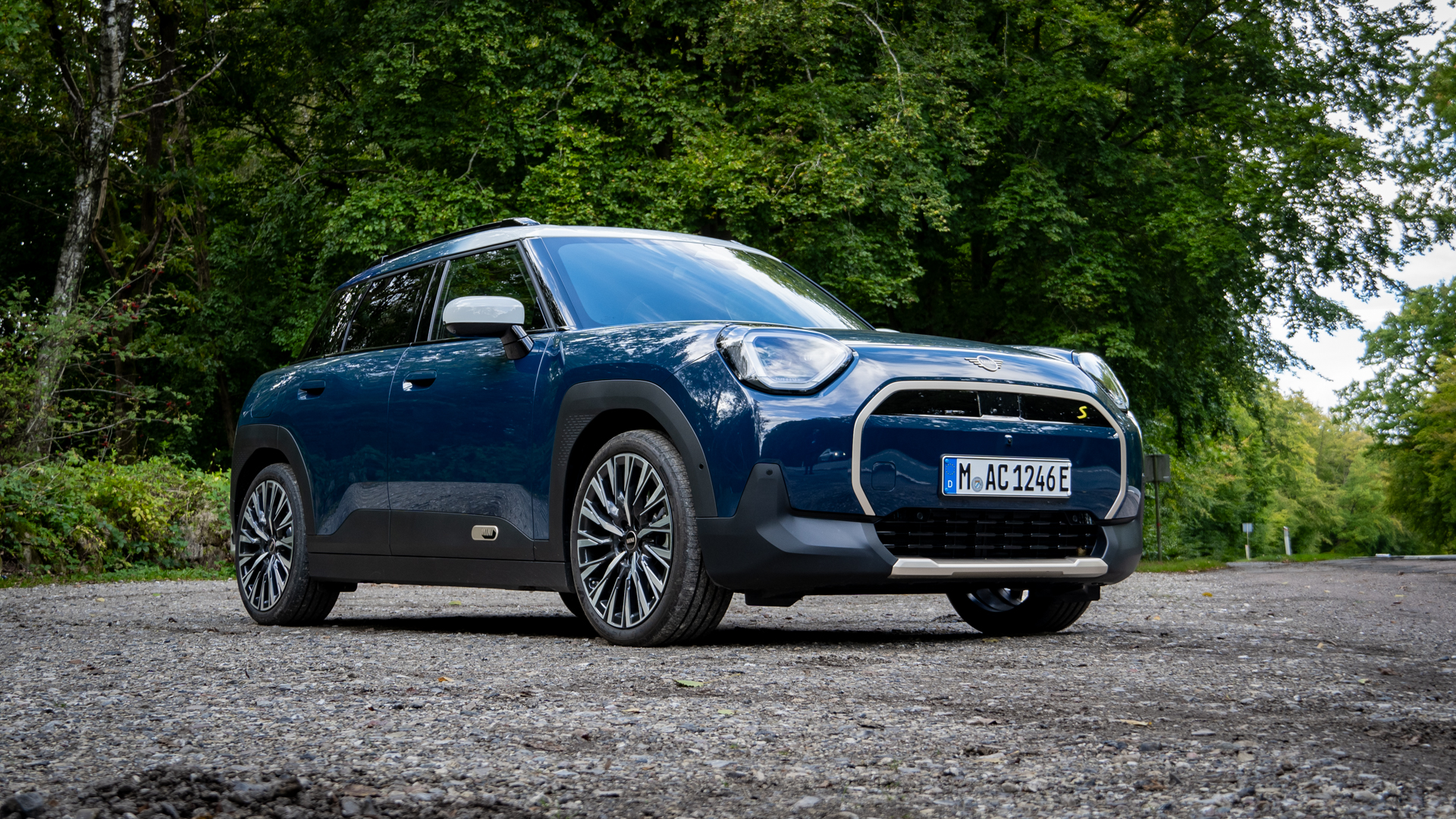
What if the standard Mini Cooper is too small, but the latest Mini Countryman is too big? That’s where the new Mini Aceman comes in.
A spiritual successor to the retired Clubman, the Aceman first landed as a concept car back in 2022 and is now production-ready.
It is only slightly more expensive than the entry-level Cooper, is available exclusively as an electric car (unlike both its larger and smaller siblings), and it’s positioned to be the car you turn to when you’ve outgrown your small, three-door hatchback. Having created a gap between its still-small Cooper and bigger-than-ever Countryman, Mini has slotted the Aceman into place like a stepping stone between the two.
Is the Aceman the car you upgrade to when you’ve outgrown your Mini Cooper? Read on to find out.
Price and availability
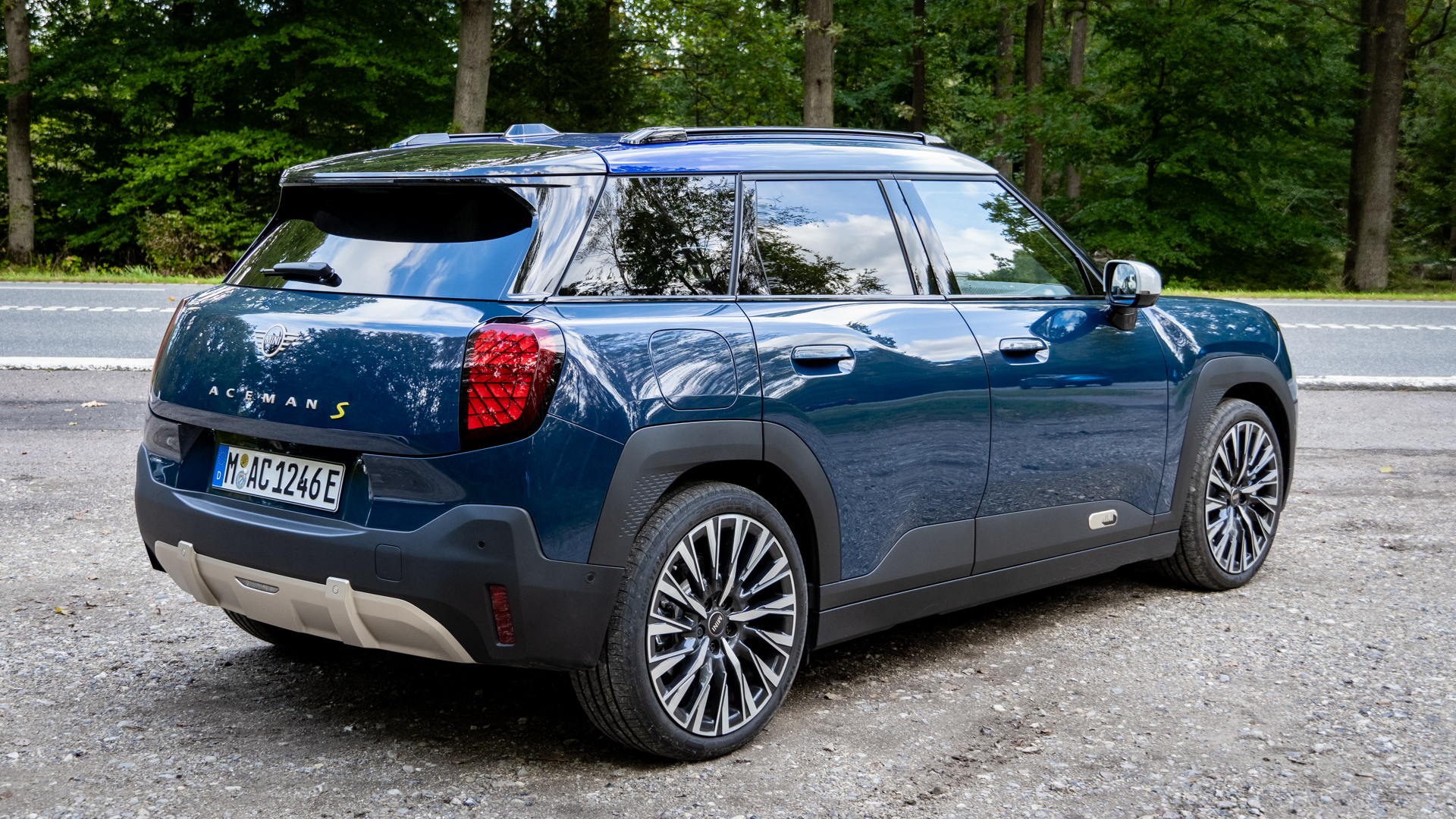
The Aceman is aggressively priced. Despite being larger than the Cooper it starts at £31,800, which is just £1,800 more than the entry-level version of Mini’s smallest car. The Aceman range tops out at £41,350 and it’s available to order now.
Design, technology and interior
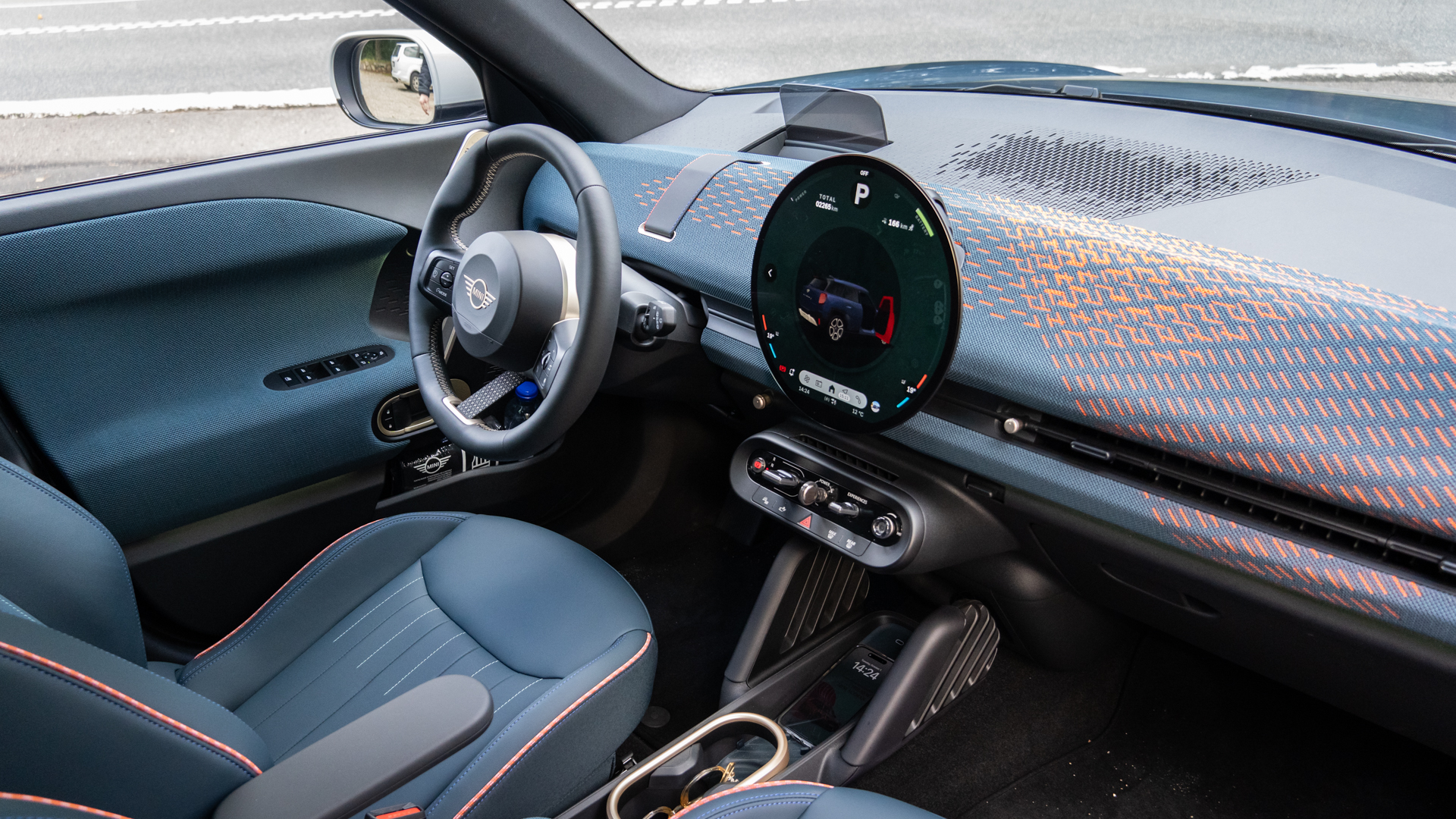
The Aceman shares more of its appearance with the larger Countryman than the smaller Cooper. It’s a car with big, clean surfaces, sharp angles and a distinctive face that demonstrates how Mini hasn’t lazily put the Cooper into a photocopier at 125 percent. It’s more like the Countryman at 75 percent, to extend the metaphor, but park the three cars next to each other and they differ far more than memory alone would have you believe.
A five-door hatchback, the Aceman has a roomier interior than that of the Cooper. This is most obvious in the rear, where space is much improved over the smaller car. Full-size adults can sit back there, even with a pair of six-footers in the front. The glass panoramic roof of our test car robbed a bit of headspace, but it’s still respectably roomy, but obviously not as spacious as the latest generation of Countryman.
Up front, the dashboard features the same circular touchscreen display as the Cooper and Countryman. It’s an OLED panel, so colours and blacks look fantastic, and while the user interface looks cluttered at first, it’s a joy to use once you’ve tackled the relatively steep learning curve. As with other Minis, the Aceman has numerous drive modes that change how the car goes, but also how it sounds (via futuristic engine noises pumped through the interior stereo) and what the infotainment interface looks like.
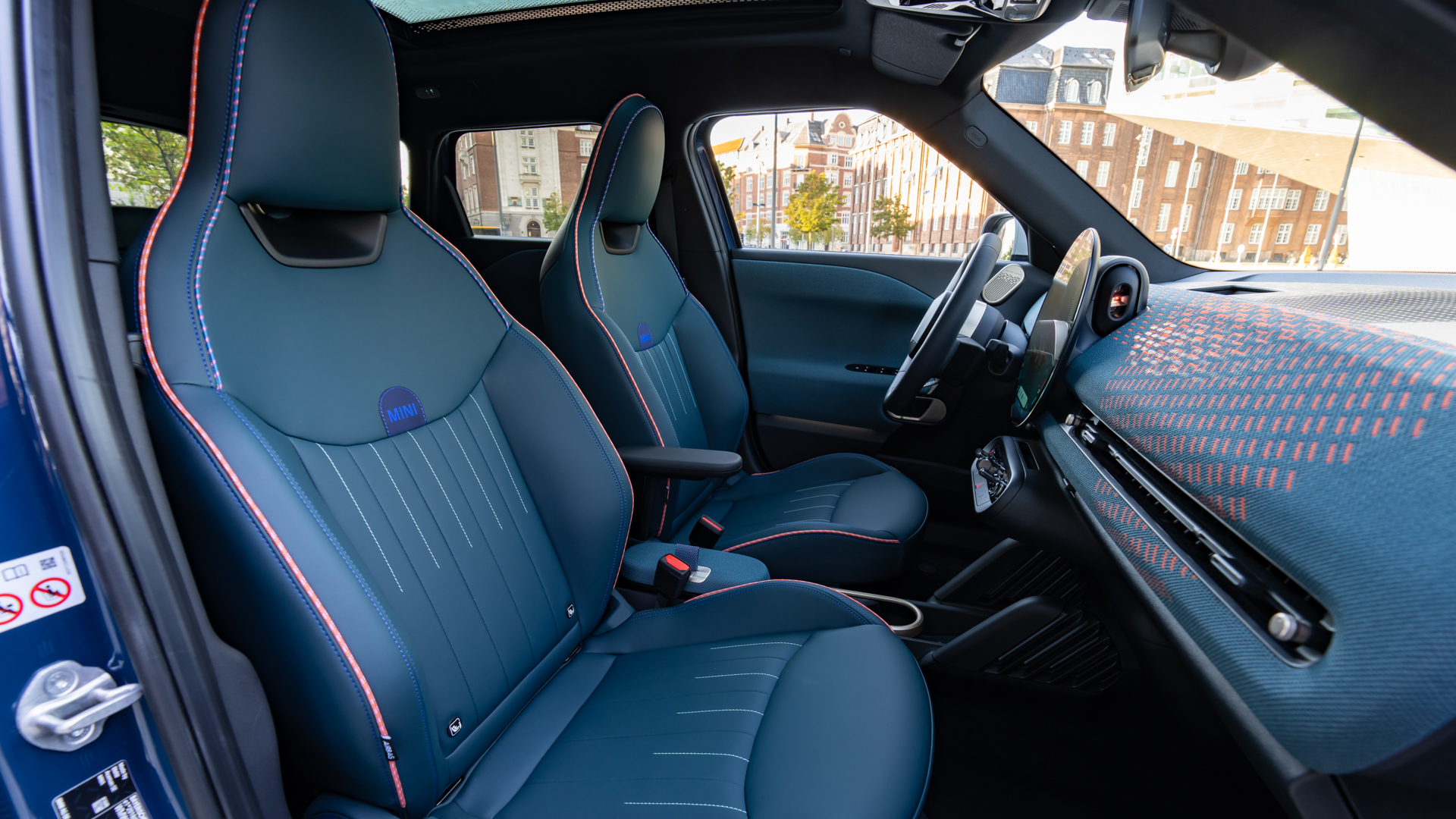
I quite liked the Mini’s own navigation system during my test drive – rare in a world dominated by Google Maps – and can see myself using it instead of an app from my phone, especially since it knows the Aceman’s charge level and location of nearby or en route charge stations. That said, there’s still compatibility for Apple CarPlay and Android Auto, which smartly extend their wallpaper imagery to ensure none of the circular display goes to waste.
The interior looks good, in a way BMW-era Mini cabins always do. There’s a nice bit of woven fabric across the dashboard and doors to keep things interesting, and a smart use of ambient lighting too.
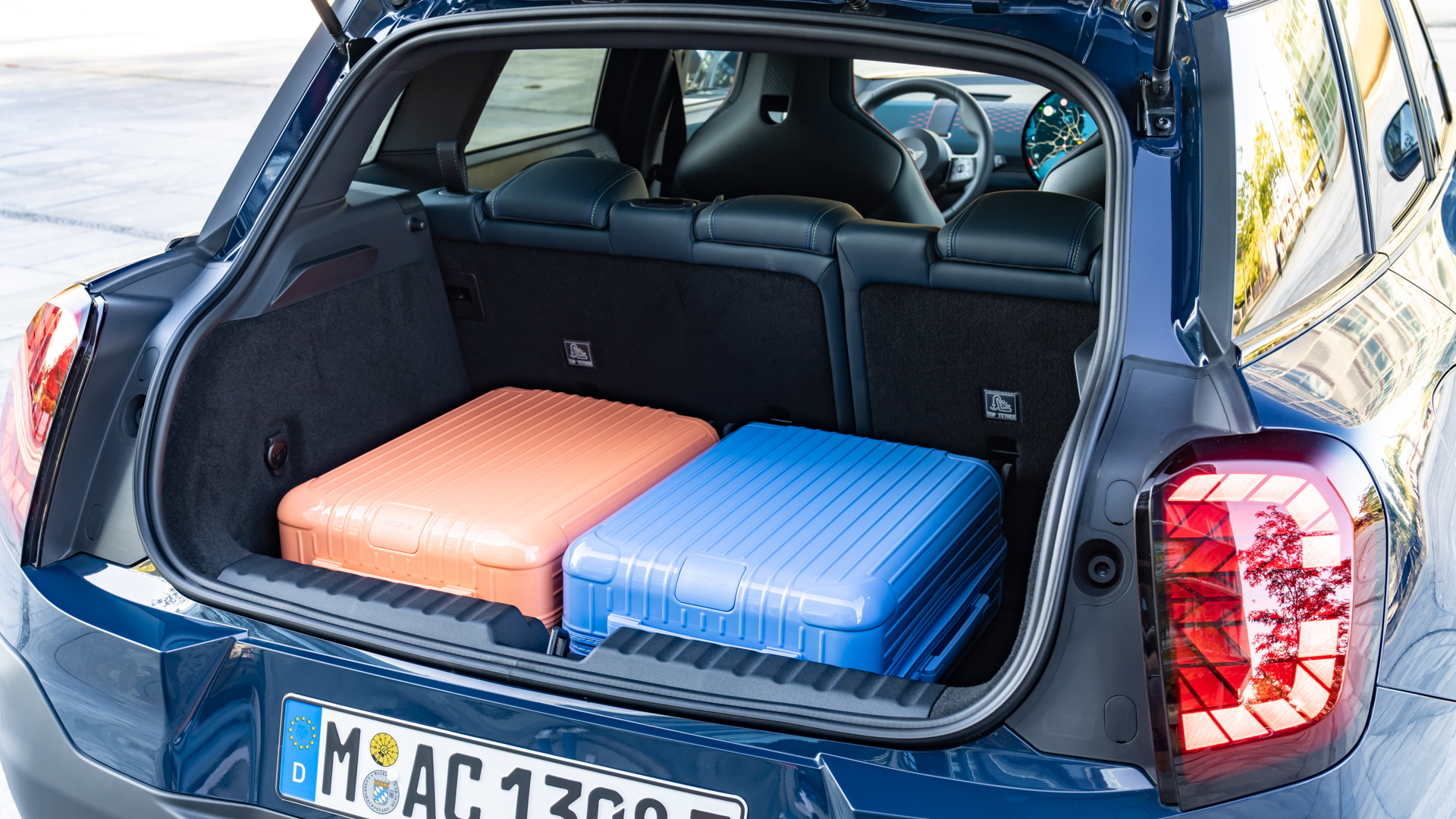
Physical controls for the drive modes and media playback are fitted below the circular display, but for everything else (including the cabin temperature and fan speed) you’ve to dig into the touchscreen. There are at least a set of physical buttons on the steering wheel, but tapping the display can be a distraction, at least before you start to learn where everything is and how the UI works.
Give the interior more than a cursory glance and you can start to tell where Mini has cut costs to hit the Aceman’s attractive price point. There are some hard, scratchy plastics on the door tops, centre console, glovebox and at the far side of the dashboard.
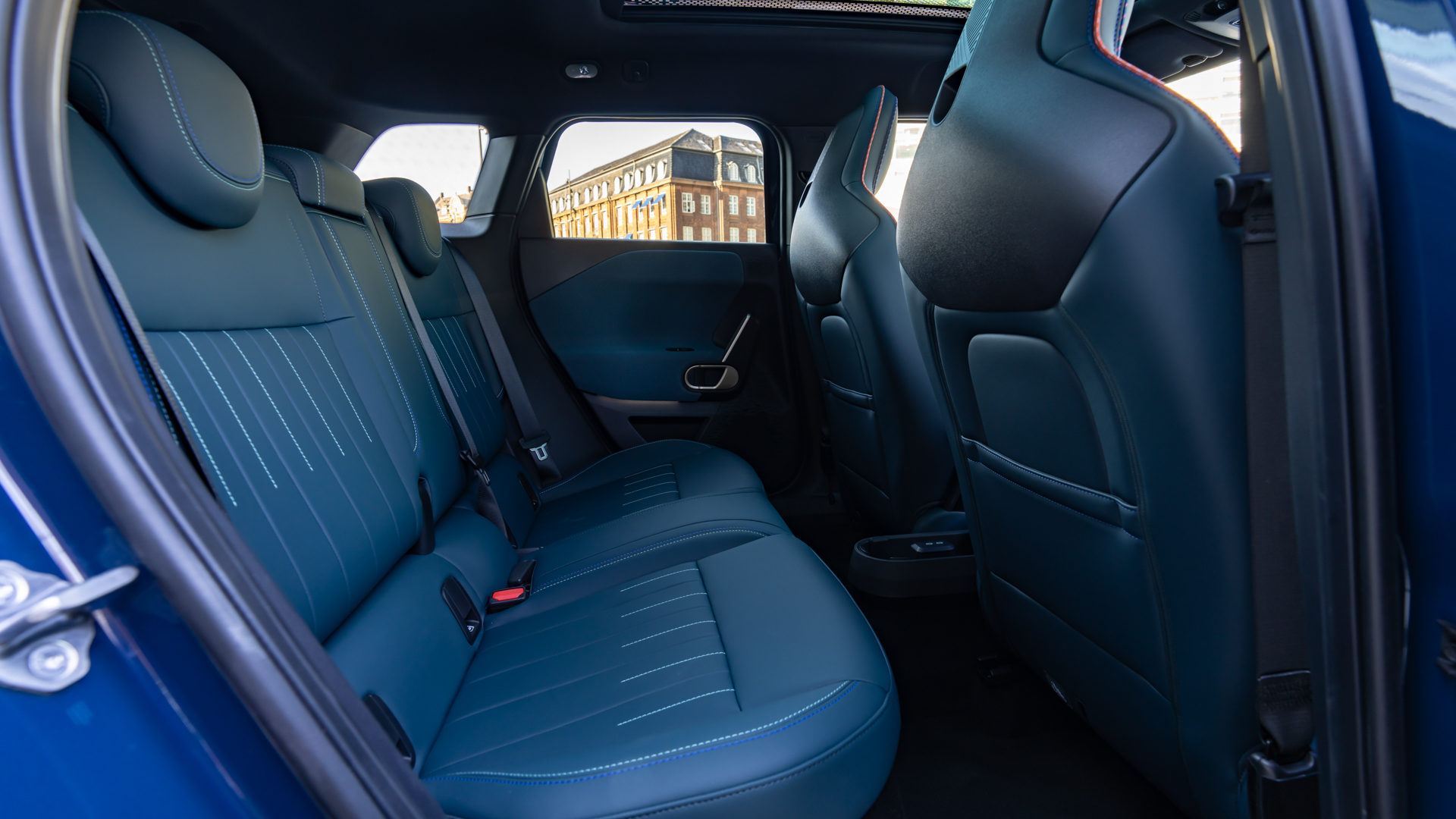
The nice seats and interesting fabric help to offset this, however, and if you pay for the Level 2 options kit you get a Harmon Kardon sound system, complete with attractive bronze speaker grilles and the aforementioned panoramic roof.
Lastly for the interior, the Aceman employs Mini’s new voice assistant, Spike the bulldog, to help with your requests. However – and just like many other such systems – it suffers from too many false positives, where it mistakes conversation between driver and passenger for a command, then does something you didn’t ask for.
Performance and driving impressions
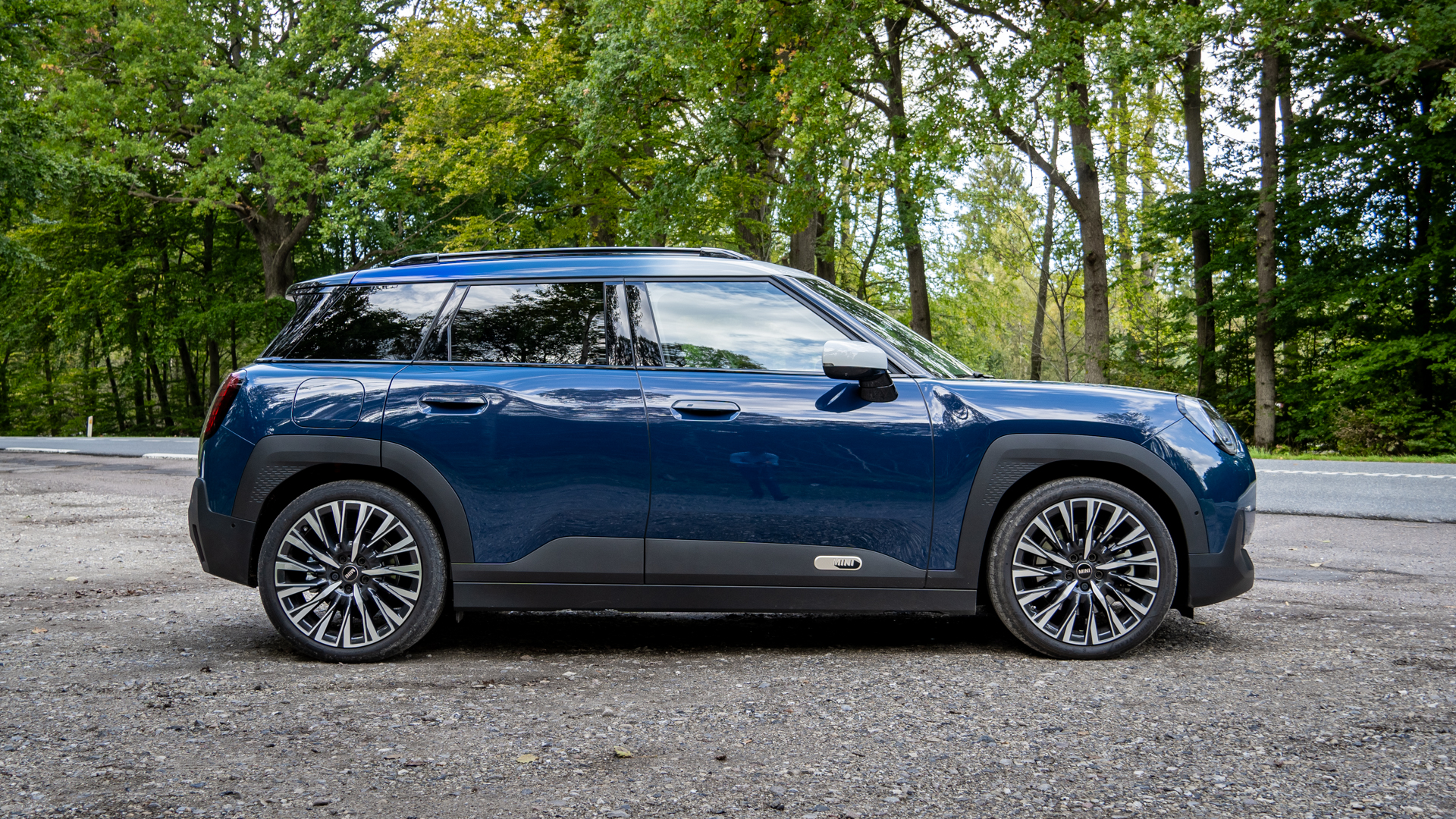
There are two versions of Aceman to choose from. The first is called the E and has a 38.5 kWh battery and a claimed range of up to 192 miles. It produces 135 kW (184 horsepower) from a single motor on the front axle, accelerates to 0-62 mph in 7.9 seconds and has a relatively slow maximum charge rate of 70 kW; Mini says this means a 10 to 80 percent top-up should take 28 minutes in ideal conditions.
The version T3 drove is the Aceman SE. This starts at £36,300 and has a more powerful motor (160 kW / 218 hp), a larger battery (49.2 kWh), a quicker 0-62 mph time (71 seconds), a longer range (up to 251 miles) and a greater maximum charge rate (95 kW), but a slower charge time of 31 minutes for a fill from 10 to 80 percent.
Neither version is particularly potent, but as with almost all electric cars the Aceman SE feels plenty quick enough at low speed. It accelerates briskly in traffic but, more importantly, it covers ground with excellent efficiency. After our drive the car’s own computer claimed it has achieved 13.9 kWh per 100 km, which converts to 4.46 miles per kWh. This will undoubtedly fall during a prolonged motorway drive, but it’s a great score nonetheless.
The Aceman serves up a smoother, quieter and more comfortable ride than the firmer, sportier Cooper. Where the smaller car initially surprises by its tautness, the Aceman feels less like it is encouraging to have fun, and instead lets you know it won’t get on your nerves. There’s a maturity here, but the comfort is likely in part due to the super-smooth Danish roads of our test route. I’m keen to see if the Aceman is as composed and comfortable over the UK’s imperfect road network.
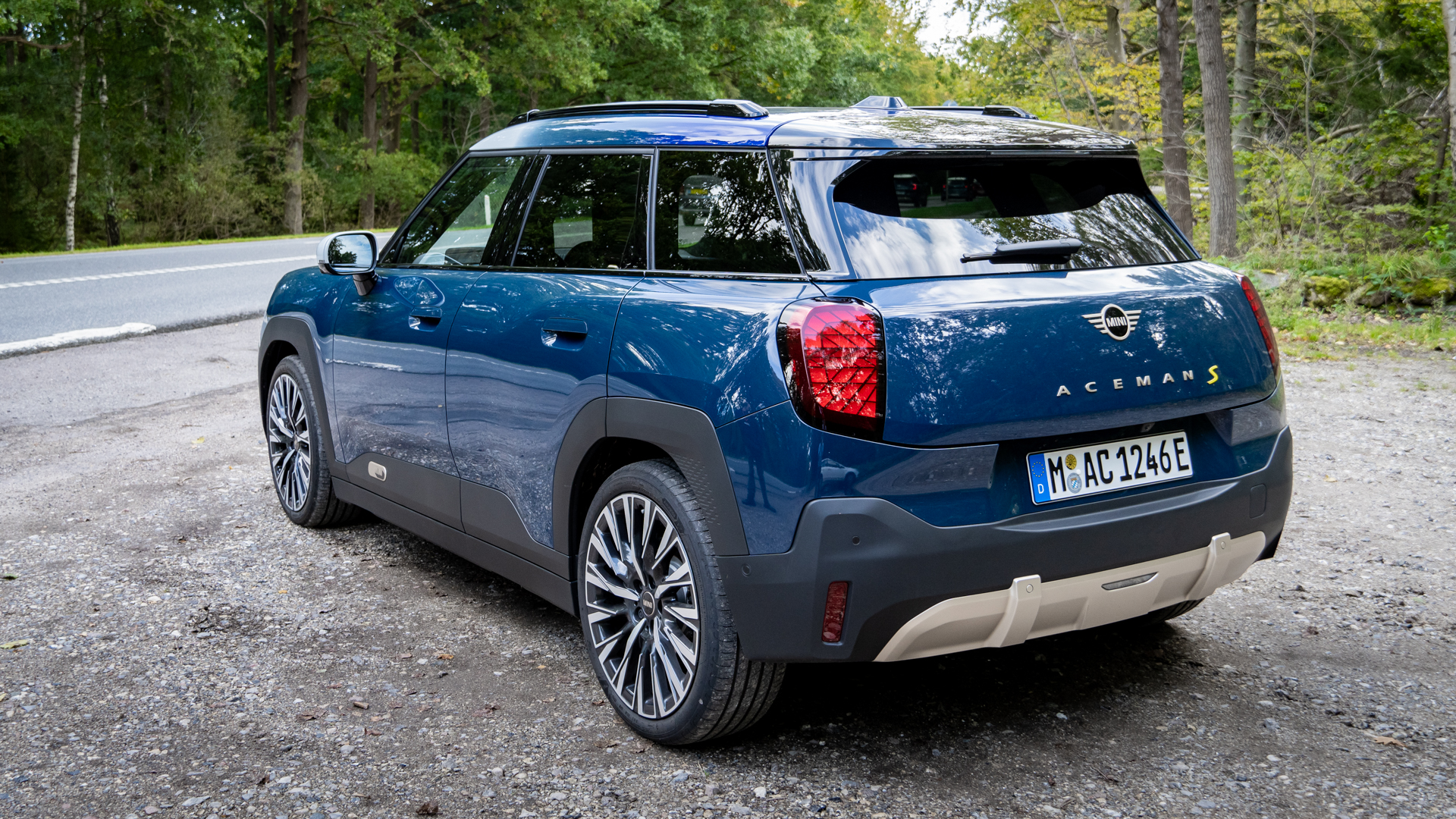
Should I buy the Mini Aceman?
On price alone, the Aceman makes a lot of sense. It feels like the perfect car for a young family who has outgrown their Cooper but still wants to be a part of the stylish Mini family and doesn’t need, or cannot afford, the much larger Countryman.
It’s a smart looking car that has enough room in the back for adults, a fairly respectable boot capacity (although at 300 litres it’s slightly smaller than the 318 litres of the Volvo EX30) and great efficiency. The interior looks good, the infotainment system is great once you get the hang of it, and there’s just enough performance to not make the Aceman feel like a slouch.
Being just £1,800 more than the entry-level Mini Cooper, the larger Aceman feels like good value for money. It’s as if Mini is simply giving buyers the choice of which sized car they want, rather than positioning the Aceman as a more premium EV. It’s a sensible, honest move that Mini fans looking to trade in their Cooper for something bigger are likely to appreciate.







